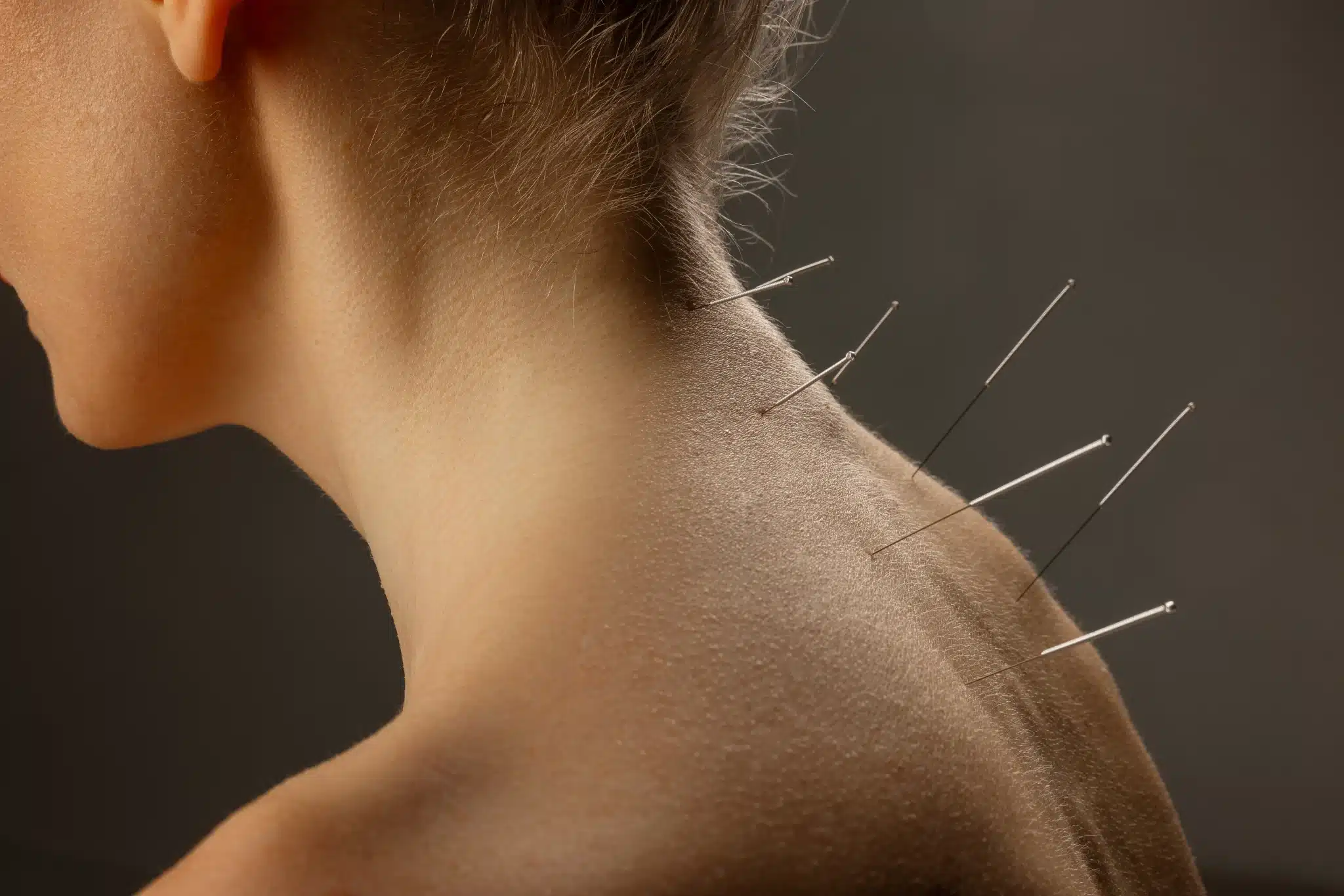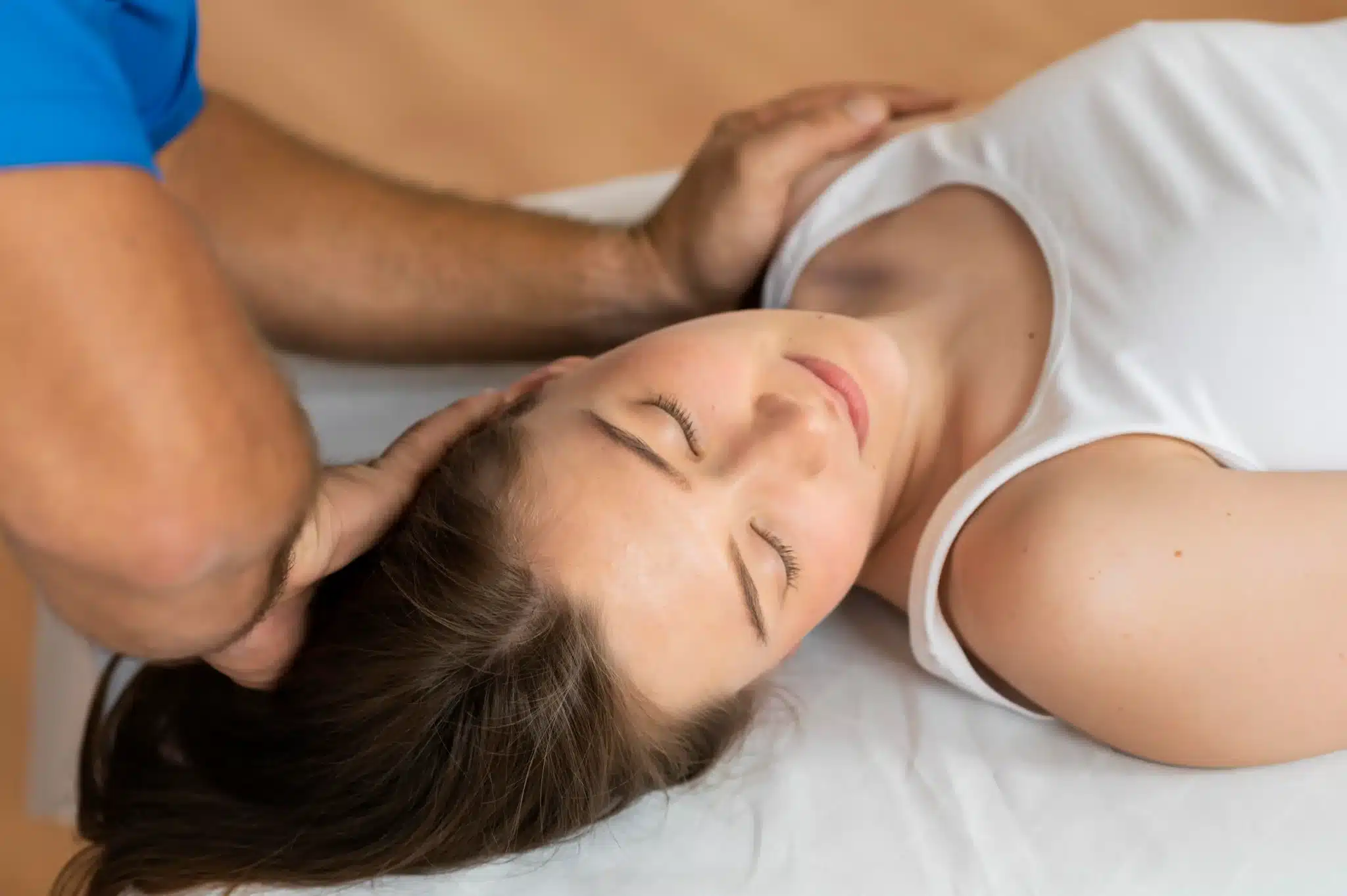As a holistic healthcare provider offering massage therapy, acupuncture, or chiropractic services, correctly documenting and coding for conditions like lumbar radiculopathy can significantly impact your practice's reimbursement rates and claims approval. Understanding the specifics of the lumbar radiculopathy ICD 10 code is crucial for optimizing your billing processes and ensuring seamless insurance claims processing.
Looking to streamline your holistic practice's billing operations? Our specialized billing services for massage therapists, acupuncturists, and chiropractors can help you maximize reimbursement for lumbar radiculopathy treatments. Contact us today to learn how we can enhance your practice's financial performance.

Understanding Lumbar Radiculopathy for Coding Purposes
When treating patients with lumbar radiculopathy in your holistic practice, accurate documentation begins with recognizing the clinical presentation that supports this diagnosis code.
Clinical Presentation in Your Practice
Patients presenting with lumbar radiculopathy typically describe:
- Pain radiating from the lower back through the buttock and into the leg
- Sharp, electrical, or burning sensations along nerve pathways
- Numbness or tingling following dermatomal patterns
- Muscle weakness corresponding to specific nerve roots
- Diminished reflexes at knee or ankle
Dermatomal Patterns and Nerve Root Involvement
Understanding which nerve roots are affected helps substantiate your code selection:
| Nerve Root | Pain Pattern | Common Findings | Treatment Focus Areas |
|---|---|---|---|
| L4 | Anterior thigh, medial calf | Quadriceps weakness, reduced patellar reflex | Upper lumbar region |
| L5 | Lateral leg, dorsum of foot | Foot/toe extension weakness | Lower lumbar region |
| S1 | Posterior thigh, lateral foot | Plantar flexion weakness, reduced Achilles reflex | Lumbosacral junction |
The Lumbar Radiculopathy ICD 10 Code: M54.16 Explained
The specific ICD-10 code for lumbar radiculopathy is M54.16, which stands for "Radiculopathy, lumbar region." This billable code is critical for properly documenting the condition in your holistic practice.
Coding Specifications for Holistic Practitioners
The M54.16 code:
- Became effective October 1, 2015
- Remains current in the 2025 edition of ICD-10-CM
- Falls under diseases of the musculoskeletal system and connective tissue (M00-M99)
- Is specifically within the "other dorsopathies" range (M50-M54)
Critical Coding Distinctions for Proper Reimbursement
To ensure proper reimbursement and avoid claim denials, you must understand the distinction between related codes:
M54.16 vs. M51.16:
- Use M54.16 when treating lumbar radiculopathy without specific disk pathology
- Use M51.16 when treating radiculopathy caused by documented intervertebral disk disorders
M54.16 vs. M54.4-:
- M54.16 applies when treating nerve root compression
- M54.4- codes apply when treating lumbago with sciatica (pain along the sciatic nerve path)
Excludes1 Notes Your Billing Staff Must Know
According to ICD-10 guidelines, M54.16 should NOT be used concurrently with:
- Radiculopathy with cervical disk disorder (M50.1)
- Radiculopathy with lumbar and other intervertebral disk disorder (M51.1-)
- Radiculopathy with spondylosis (M47.2-)
- Neuralgia and neuritis NOS (M79.2)
Documentation Requirements for M54.16 in Holistic Practices
For holistic practitioners, proper documentation is crucial to support the M54.16 diagnosis code and ensure insurance reimbursement for your services.
Essential Clinical Documentation Elements
Your patient records should include:
- Complete patient identification with service dates
- Detailed assessment of presenting symptoms
- Relevant medical history affecting treatment approach
- Objective findings from your evaluation
- Treatment plan aligned with the diagnosis
- Progress notes documenting response to holistic interventions
Specific Pain Documentation Requirements
Your documentation should precisely describe:
- Pain location (lumbar region)
- Radiation patterns along specific nerve distributions
- Pain quality and character
- Pain severity assessment
- Duration of symptoms (noting if chronic - lasting 12+ weeks)
- Response to previous treatments
Supporting Diagnostic Information
While you may not perform imaging as a holistic practitioner, referencing available diagnostic studies strengthens your documentation:
- Note relevant findings from patient-provided MRI or CT reports
- Document any previous diagnostic testing that confirms nerve root compression
- Include information from referring providers that supports the M54.16 diagnosis
Is your holistic practice struggling with insurance claim denials for lumbar radiculopathy treatments? Our specialized billing service understands the unique documentation needs of massage therapists, acupuncturists, and chiropractors. Contact our team to improve your claim acceptance rates.
Treatment Approaches for Lumbar Radiculopathy in Holistic Practice
As holistic practitioners, your treatment approaches complement conventional medical care while addressing the whole person:
Modality-Specific Interventions
For Massage Therapists:
- Myofascial release techniques for associated muscle tension
- Trigger point therapy for referred pain patterns
- Swedish massage to improve circulation and reduce pain
- Neuromuscular techniques to address nerve impingement
For Acupuncturists:
- Meridian-based needling at traditional and local points
- Auricular acupuncture for pain management
- Electroacupuncture for enhanced pain relief
- Cupping along affected meridians
For Chiropractors:
- Spinal adjustments to address joint dysfunction
- Flexion-distraction techniques for disk-related issues
- Soft tissue mobilization for muscular components
- Therapeutic exercises for stabilization
Documentation Tips for Treatment Efficacy
To strengthen your billing position, document:
- Pre and post-treatment pain levels
- Changes in functional limitations
- Improvements in range of motion
- Patient-reported outcomes
- Progression of treatment plan as symptoms improve
Billing and Reimbursement for M54.16 in Holistic Practices
Understanding the billing landscape for lumbar radiculopathy ensures optimal reimbursement for your services:
Common CPT Codes for Holistic Practitioners
For massage therapists, acupuncturists, and chiropractors, these procedure codes often accompany the M54.16 diagnosis:
| Provider Type | Common CPT Codes | Description |
|---|---|---|
| Massage Therapists | 97124, 97140 | Massage therapy, Manual therapy techniques |
| Acupuncturists | 97810-97814 | Acupuncture with/without electrical stimulation |
| Chiropractors | 98940-98943, 97110 | Chiropractic manipulative treatment, Therapeutic exercise |
Insurance Reimbursement Variations
Reimbursement rates vary significantly between insurance carriers for holistic services:
- Massage therapy CPT code 97124 reimbursement ranges from $23-$70 per unit
- Acupuncture services average $45-$85 per session
- Chiropractic adjustments typically receive $30-$75 per treatment
Modifiers That Affect Payment
Certain modifiers can impact reimbursement for holistic services:
- Modifier 59: Used when providing distinct procedures on the same day
- Modifier GP: Required for physical therapy services provided under an established plan of care
- Modifier AT: Indicates active/therapeutic chiropractic treatment (not maintenance)
Integrating Lumbar Radiculopathy Care in Your Holistic Practice
Creating effective treatment protocols for lumbar radiculopathy can streamline your documentation and improve outcomes:
Collaborative Care Approaches
Develop relationships with:
- Primary care physicians who can provide official diagnoses
- Neurologists and orthopedic specialists for complex cases
- Physical therapists for complementary exercise programs
- Pain management specialists for coordinated care
Creating Treatment Protocols
Standardize your approach to lumbar radiculopathy with these elements:
- Initial Assessment Protocol:
- Comprehensive history taking
- Specific physical assessment tests
- Baseline functional measurements
- Treatment goal establishment
- Treatment Phase Protocol:
- Frequency and duration recommendations
- Modality progression as symptoms improve
- Objective markers for treatment progression
- Home care recommendations
- Reevaluation Protocol:
- Timing of reassessments (typically every 30 days)
- Documentation of objective improvements
- Criteria for treatment continuation or discharge
- Communication with referring providers
Our specialized billing service understands the unique challenges holistic practitioners face when coding for conditions like lumbar radiculopathy. Let us optimize your practice's revenue cycle while you focus on patient care. Schedule a consultation today to learn more about our comprehensive billing solutions for holistic practices.
2025 Updates Affecting Lumbar Radiculopathy Coding for Holistic Providers
Stay ahead of coding changes with these important 2025 updates:
- Documentation Scrutiny: Insurance carriers are increasing scrutiny of documentation supporting M54.16, requiring more specific clinical findings from holistic providers
- Medical Necessity Focus: Greater emphasis on establishing clear medical necessity for holistic interventions for radiculopathy
- Integration Requirements: Some carriers now require evidence of coordination with conventional medical providers for radiculopathy treatment
- Outcome Documentation: Enhanced requirements for documenting functional improvements resulting from holistic treatments

Optimizing Your Practice Management for Lumbar Radiculopathy Cases
Efficient practice management systems can improve your billing outcomes for lumbar radiculopathy cases:
Electronic Health Record Best Practices
Configure your EHR system to:
- Include lumbar radiculopathy assessment templates
- Prompt for necessary documentation elements
- Track treatment progression and outcomes
- Generate compliant superbills with proper coding
Staff Training Recommendations
Ensure your team understands:
- The clinical presentation of lumbar radiculopathy
- Proper documentation requirements for M54.16
- Common insurance verification issues for this condition
- Appropriate CPT code selection based on provided services
Claim Submission Strategies
To minimize denials:
- Verify insurance coverage before treatment begins
- Ensure proper diagnosis-procedure code linkage
- Include appropriate modifiers when indicated
- Submit claims promptly with complete documentation
Key Takeaways for Holistic Practitioners
Maximizing reimbursement for lumbar radiculopathy treatment in your holistic practice requires attention to several critical factors:
- Accurate Coding: Understand and apply M54.16 appropriately, distinguishing it from related codes like M51.16
- Thorough Documentation: Create comprehensive records that clearly establish medical necessity for your holistic interventions
- Proper CPT Selection: Match your treatment modalities to the appropriate procedure codes for optimal reimbursement
- Regulatory Compliance: Stay updated on coding changes and documentation requirements to avoid claim denials
- Practice Integration: Position your holistic services as part of the broader healthcare approach to lumbar radiculopathy
Ready to transform your holistic practice's billing processes? Our specialized billing service for massage therapists, acupuncturists, and chiropractors can help you maximize reimbursement for conditions like lumbar radiculopathy. Contact our team today to discuss how we can support your practice's growth and financial health.





